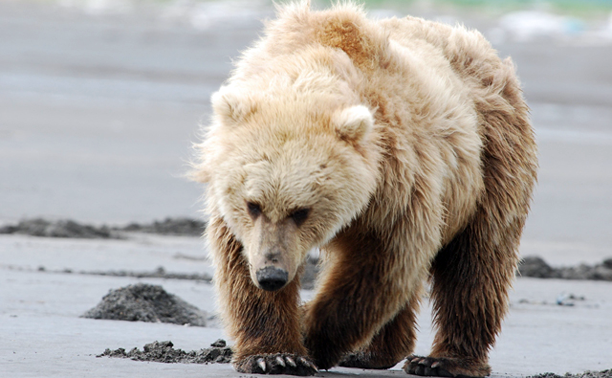
spirit bear by lisa sidorsky
welcome to sustainapedia!
by Tim Willmott : Comments Off on welcome to sustainapedia!
Sustainapedia has taken many years to gestate and has been in development for over a year. If you are new to this site please read this article to find out more about it and about us.
Make the supporter’s page your first port of call. It gives an overview of the project so far.
For the last ten years I have been running The Web of Hope (which will be absorbed into sustainapedia over the course of 2013). One of its aims was to create a new language for sustainability and to help bring it into the mainstream. My analysis is that we – the green movement – have failed so far to do this because we have made sustainability somehow other than all of our day-to-day lives. It is not and it cannot be, because it is not a thing at all, it is a quality that permeates our thoughts and actions. So it is our thoughts and actions that we must look at.
That is why you don’t see the usual green inventory in the menus (it does exist, by the way, as a separate taxonomy that appears on its own page), instead you have newspaper-style categories. You can also use mapview to look at stories on a country by country basis.
If you are a writer/journalist interested in contributing articles, especially if you are from a BRICS (Brasil, Russia, India, China, South Africa) or CIVET (Colombia, Indonesia, Vietnam, Ethiopia, Thailand) nation, do please get in touch.
Sustainapedia is a project of Treading Lightly and its home is in Bath, UK.
The picture I selected to accompany sustainapedia’s first article is of a spirit bear. The Kermode bear (Ursus americanus kermodei) is a subspecies of the American Black Bear living in the central and north coast of British Columbia, Canada. Because of their ghost-like appearance, spirit bears hold a prominent place in the oral stories of the Canadian First Nations and American Indians of the area. The spirit bear may owe its survival to the protective traditions of the First Nations, who never hunted the animals or spoke of them to fur trappers. Ecologically, the bear’s importance centres on its value as an icon for a rare and endangered ecosystem, as its habitat on the coast of British Columbia coast represents the world’s last large, intact temperate rain forest.









Comments are closed